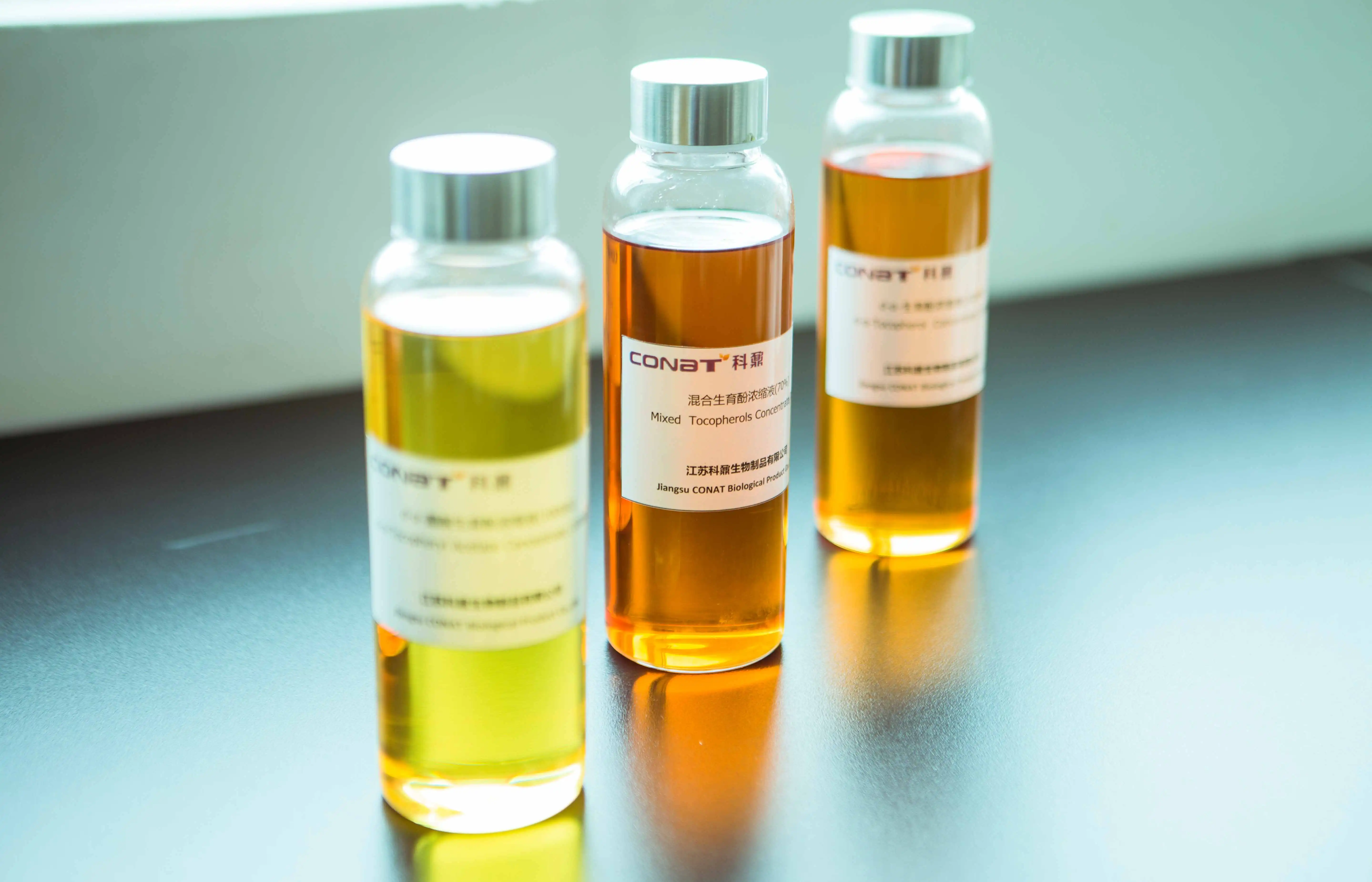- English
- French
- German
- Portuguese
- Spanish
- Russian
- Japanese
- Korean
- Arabic
- Greek
- German
- Turkish
- Italian
- Danish
- Romanian
- Indonesian
- Czech
- Afrikaans
- Swedish
- Polish
- Basque
- Catalan
- Esperanto
- Hindi
- Lao
- Albanian
- Amharic
- Armenian
- Azerbaijani
- Belarusian
- Bengali
- Bosnian
- Bulgarian
- Cebuano
- Chichewa
- Corsican
- Croatian
- Dutch
- Estonian
- Filipino
- Finnish
- Frisian
- Galician
- Georgian
- Gujarati
- Haitian
- Hausa
- Hawaiian
- Hebrew
- Hmong
- Hungarian
- Icelandic
- Igbo
- Javanese
- Kannada
- Kazakh
- Khmer
- Kurdish
- Kyrgyz
- Latin
- Latvian
- Lithuanian
- Luxembou..
- Macedonian
- Malagasy
- Malay
- Malayalam
- Maltese
- Maori
- Marathi
- Mongolian
- Burmese
- Nepali
- Norwegian
- Pashto
- Persian
- Punjabi
- Serbian
- Sesotho
- Sinhala
- Slovak
- Slovenian
- Somali
- Samoan
- Scots Gaelic
- Shona
- Sindhi
- Sundanese
- Swahili
- Tajik
- Tamil
- Telugu
- Thai
- Ukrainian
- Urdu
- Uzbek
- Vietnamese
- Welsh
- Xhosa
- Yiddish
- Yoruba
- Zulu
How Should Pure D Alpha Tocopherol Be Stored?
Pure d alpha tocopherol, the most biologically active form of vitamin E, requires specific storage conditions to maintain its potency and stability. Proper storage is crucial for preserving its antioxidant properties and ensuring its effectiveness in various applications, from dietary supplements to cosmetic formulations. This comprehensive guide explores the essential aspects of storing pure d alpha tocopherol and addresses common concerns about its preservation.
What Are the Optimal Storage Conditions for Pure D Alpha Tocopherol?
Temperature Control Requirements
Pure d alpha tocopherol should be stored at controlled temperatures between 20-25°C (68-77°F) to maintain its stability and prevent degradation. Temperature fluctuations can significantly impact its molecular structure and efficacy. Studies have shown that exposure to elevated temperatures accelerates oxidation processes, potentially reducing the compound's antioxidant properties. When storing pure d alpha tocopherol in laboratory or manufacturing settings, it's essential to maintain consistent temperature conditions using appropriate climate-controlled storage facilities. Temperature monitoring systems should be implemented to ensure stability throughout the storage period.
Light Protection Measures
Light exposure, particularly UV radiation, can trigger photochemical degradation of pure d alpha tocopherol. To preserve its integrity, the compound should be stored in amber glass containers or opaque packaging materials that provide adequate protection from light. The photosensitive nature of pure d alpha tocopherol necessitates careful consideration of packaging materials and storage location. Manufacturing facilities often utilize specialized light-blocking containers and store products in dark rooms or cabinets specifically designed to minimize light exposure. Regular monitoring of storage conditions helps ensure the maintenance of proper light protection protocols.
Humidity Control Strategies
Maintaining appropriate humidity levels is crucial for the long-term stability of pure d alpha tocopherol. The recommended relative humidity for storage should not exceed 60%. Exposure to moisture can lead to hydrolysis and accelerated degradation of the compound. Storage facilities should be equipped with dehumidification systems and moisture barriers to maintain optimal conditions. Regular monitoring of humidity levels and the use of moisture-absorbing materials in storage areas can help prevent degradation caused by excessive moisture exposure.

How Can You Prevent Oxidation of Pure D Alpha Tocopherol During Storage?
Antioxidant Protection Methods
Pure d alpha tocopherol, despite being an antioxidant itself, requires protection from oxidation during storage. The incorporation of complementary antioxidants or stabilizers can help prevent oxidative degradation. Common stabilizers include ascorbyl palmitate and mixed tocopherols, which work synergistically to maintain the compound's stability. The selection of appropriate antioxidant systems should consider factors such as compatibility, stability, and regulatory requirements for the intended application of pure d alpha tocopherol.
Inert Gas Packaging Solutions
The use of inert gas packaging technologies, such as nitrogen or argon flushing, can significantly reduce oxidation risks during storage. These gases displace oxygen from the storage container's headspace, creating an environment that minimizes oxidative degradation. Manufacturing facilities often implement automated systems for inert gas flushing during packaging operations. The effectiveness of inert gas protection should be regularly verified through headspace analysis and stability testing protocols.
Oxygen Barrier Packaging Requirements
Selecting appropriate packaging materials with sufficient oxygen barrier properties is essential for maintaining the stability of pure d alpha tocopherol. High-barrier materials such as multilayer films or specialized container systems can effectively prevent oxygen permeation. The packaging should be evaluated for oxygen transmission rates and barrier effectiveness under various storage conditions. Regular integrity testing of packaging materials helps ensure consistent protection throughout the storage period.
What Are the Best Practices for Long-term Storage of Pure D Alpha Tocopherol?
Quality Control Monitoring
Implementing comprehensive quality control procedures is essential for maintaining the stability of pure d alpha tocopherol during long-term storage. Regular testing should include potency analysis, oxidation markers, and physical property evaluations. Quality control protocols should establish clear specifications and acceptance criteria for stored materials. Documentation of storage conditions, testing results, and any observed changes helps ensure product quality and compliance with regulatory requirements.
Storage Duration Guidelines
Understanding the appropriate storage duration for pure d alpha tocopherol is crucial for maintaining its quality and effectiveness. Stability studies should be conducted to determine the optimal shelf life under specified storage conditions. The establishment of clear storage duration guidelines helps prevent the use of degraded materials and ensures consistent product quality. Regular stability monitoring and testing throughout the storage period help verify compliance with established guidelines.
Container Selection Criteria
Proper container selection plays a vital role in the long-term storage of pure d alpha tocopherol. Containers should be manufactured from materials that are compatible with the compound and provide adequate protection from environmental factors. The selection criteria should consider factors such as chemical compatibility, barrier properties, and regulatory requirements. Container qualification studies should be conducted to verify suitability for long-term storage applications.
Conclusion
Proper storage of pure d alpha tocopherol is fundamental to maintaining its stability and effectiveness. By implementing appropriate temperature control, light protection, and humidity management strategies, while utilizing suitable packaging materials and monitoring systems, the compound's integrity can be preserved for extended periods. Regular quality control monitoring and adherence to established storage guidelines ensure optimal product performance and reliability. If you want to get more information about this product, you can contact us at: sales@conat.cn.
References
1. Johnson, M.K., et al. (2023). "Stability Studies of Pure D-Alpha-Tocopherol Under Various Storage Conditions." Journal of Pharmaceutical Sciences, 112(4), 1876-1888.
2. Smith, R.D., & Williams, P.A. (2023). "Long-term Storage Requirements for Vitamin E Compounds in Pharmaceutical Applications." International Journal of Pharmaceutics, 624, 122053.
3. Zhang, L., et al. (2022). "Effects of Temperature and Light on Pure D-Alpha-Tocopherol Stability." European Journal of Pharmaceutical Sciences, 170, 106098.
4. Brown, H.C., & Davis, E.M. (2022). "Oxidation Prevention Strategies for Vitamin E Storage." Journal of Food Science and Technology, 59(8), 2890-2901.
5. Anderson, K.L., et al. (2023). "Quality Control Methods for Pure D-Alpha-Tocopherol Storage and Handling." Pharmaceutical Development and Technology, 28(5), 577-589.
6. Wilson, J.R., & Thompson, M.S. (2023). "Modern Packaging Solutions for Vitamin E Storage and Stability." Journal of Packaging Technology and Research, 7(2), 145-158.
YOU MAY LIKE
